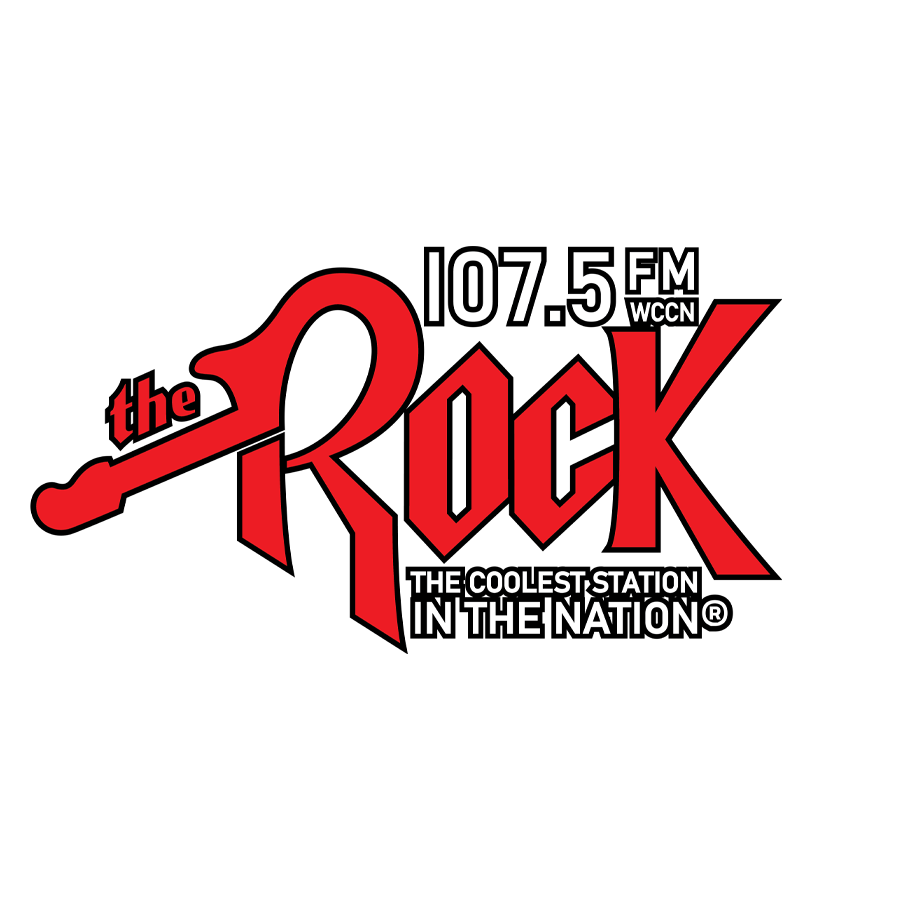New Study Looks at Effects of CAFOs
Saturday, October 11th, 2025 -- 10:00 AM
(Joe Tarr, Wisconsin Public Radio) Impacts from animal feeding operations, which include Concentrated Animal Feeding Operations, or CAFOs, are getting more attention as they become more prevalent.
Some of the big concerns about CAFOs are the potential to pollute water, degrade soil quality and cause animal suffering. Benjamin Goldstein, an assistant professor of environment and sustainability and head of the Lab for Sustainable Urban-Rural Futures at the University of Michigan, was one of the scientists behind the new study.
He explained what its findings can and can’t illuminate about large animal feeding operations. The study identified about 15,000 cow and pig animal farms around the U.S.
It included CAFOs, as well as more traditional farms where animals have more room to roam. After identifying the counties where these farms are concentrated, the researchers also looked at their air pollution and health insurance coverage levels.
Counties that had a lot of large animal feeding operations had higher particulate matter pollution compared to counties that are in the same climate but do not have these operations. This is the same pollution that is created by wildfires, power plants, factories, cars and other sources of combustion.
“We know that with large animal feeding operations there are a lot of hooves disturbing the vegetation and often trampling it down. And so you end up with a lot of bare ground, dirt and dust that gets kicked up into the air, and this air then has small particulate matter that lingers in the air for hours at a time and travels significant distances,” Goldstein said.
“And it can actually penetrate deep into our lungs when we breathe it in. And if we do enough of this, it can generate scar tissue within our lungs. And so this can turn into long-lasting health impacts for those who breathe it in.”
Wisconsin has 293 permitted CAFOs, with 134 located in the northeast part of the state, according to the Wisconsin Department of Natural Resources. The state defines CAFOs as operations with 1,000 or more animals.
Smaller operations can also be designated as a CAFO if they are polluting a stream or well. Goldstein cautioned that more study is needed to know for sure how animal farms are contributing to the pollution.
“It’s really tricky because we have all these confounding variables,” he said. “And so we can’t say with 100 percent certainty that these (feeding operations) are the sole reason that we have these higher particulate matter concentrations in the ambient air. But there are more sophisticated types of analyses that other people can do, hopefully taking our data set and really controlling for all those variables.”
The researchers also found that many of the counties that have animal feeding operations also have lower levels of health insurance coverage. But in this regard, Wisconsin is an outlier in the data.
“On a positive note, in Wisconsin, even though there are significant numbers of CAFOs … there’s also high levels of insurance coverage for people that are in Wisconsin that are living near those (farms),” Goldstein said.
“We found that in New Mexico, Texas and Kansas, there are high concentrations of these animal feeding operations alongside high concentrations of people that do not have health insurance, and so this is very problematic if you’re getting sick from being near industrial facilities, but don’t have insurance to cover you.”
“But I would also argue that it’s better to not get sick in the first place, even if you do have insurance,” he added.
Feel free to contact us with questions and/or comments.




